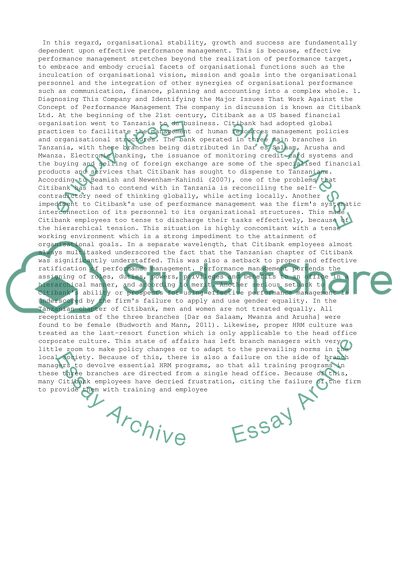Cite this document
(“Assignment 4: Human Resource Management in Multinational Banks in Research Paper”, n.d.)
Retrieved from https://studentshare.org/management/1489921-assignment
Retrieved from https://studentshare.org/management/1489921-assignment
(Assignment 4: Human Resource Management in Multinational Banks in Research Paper)
https://studentshare.org/management/1489921-assignment.
https://studentshare.org/management/1489921-assignment.
“Assignment 4: Human Resource Management in Multinational Banks in Research Paper”, n.d. https://studentshare.org/management/1489921-assignment.


